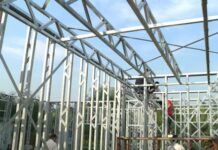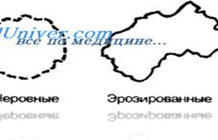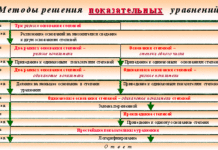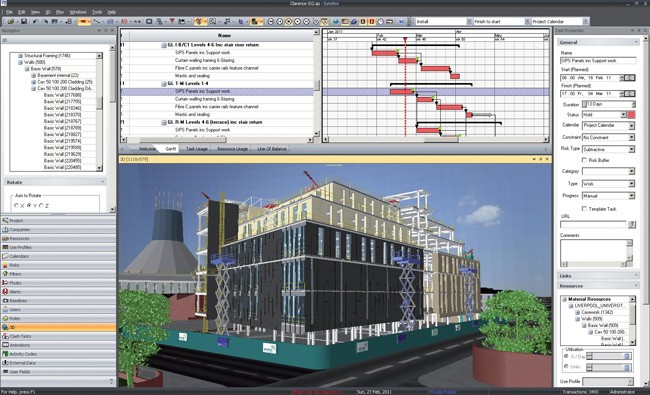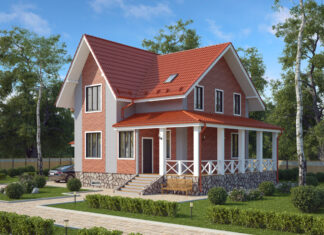The construction industry is undergoing a rapid evolution, driven by the integration of Building Information Modeling (BIM) and Lean Construction principles. These aren’t isolated trends; they amplify each other. BIM provides the digital foundation, while Lean methodologies ensure efficiency and waste reduction. This synergy is most evident in 4D scheduling – a powerful technique that links BIM models to project timelines. This article explores how 4D scheduling works, its benefits, and how it’s being used effectively in projects, particularly when integrated with the Last Planner System.
Зміст
What is 4D Scheduling?
4D scheduling adds the dimension of time to a 3D BIM model. Essentially, it links construction activities to corresponding BIM objects, creating a dynamic, visual representation of the project’s progression. Schedules can be imported from traditional software (MS Project, Primavera) or created directly within 4D platforms (Navisworks, Synchro, VICO).
The key advantage is visualization. Unlike static 2D drawings or Gantt charts, 4D allows stakeholders to virtually “build” the project before physical construction begins, identifying potential clashes or inefficiencies in advance. This proactive approach significantly improves constructability and workflow.
The Power of Visualization
The value of 4D lies in its ability to communicate complex information clearly. Instead of relying on verbal explanations, stakeholders can see exactly when and how different elements of the project will be constructed. This is especially critical in large, complex projects where miscommunication can lead to costly delays.
Modern tools extend this visualization to the field. Crews can access 4D models on mobile devices or stationary units, updating completion statuses in real-time. This creates a dynamic, shared understanding of progress, fostering collaboration and accountability. The concept of “KanBIM” – visualizing workflow based on location – further enhances on-site efficiency.
Beyond the physical structure, 4D can also represent site logistics, material deliveries, and even future operational costs (5D, 6D, 7D). While the latter dimensions are still evolving in industry consensus, they highlight the potential for holistic project management.
Integrating 4D with the Last Planner System
The most effective implementation of 4D scheduling doesn’t just document a pre-existing plan; it actively supports modern planning methodologies like the Last Planner System. This system emphasizes pull-planning, where tasks are assigned based on real-time commitments rather than top-down directives.
When integrated with the Last Planner System, 4D scheduling enhances plan reliability by ensuring quality across four key criteria:
- Size: BIM allows teams to instantly quantify material requirements (e.g., cubic feet of concrete), ensuring realistic commitments.
- Sequence: Rotating, sectioning, and making the model transparent helps crews identify the optimal construction sequence for design conformance.
- Soundness: BIM object parameters (e.g., material ordered, delivered) communicate the readiness of tasks, reducing ambiguity.
- Definition: The clear visual representation reduces misunderstandings between project management and workers, aligning everyone on the planned work.
Conclusion
4D scheduling is no longer a futuristic concept; it’s a practical tool delivering tangible benefits to construction projects. By combining the visualization power of BIM with the efficiency of Lean methodologies, 4D improves communication, reduces errors, and enhances overall project outcomes. The key lies in actively integrating 4D with modern planning systems like the Last Planner System, transforming it from a documentation tool into an integral part of project execution.
The potential for further innovation remains high, as the industry explores the integration of additional dimensions (5D, 6D, 7D) and refines workflows to maximize the benefits of this powerful technique


















